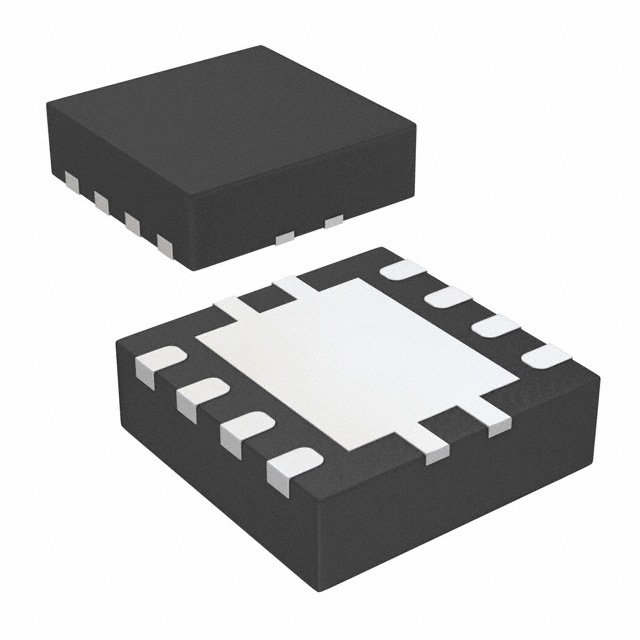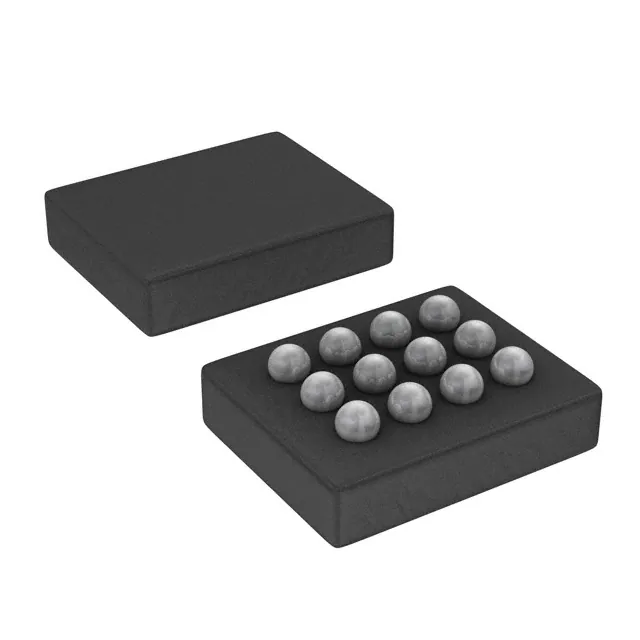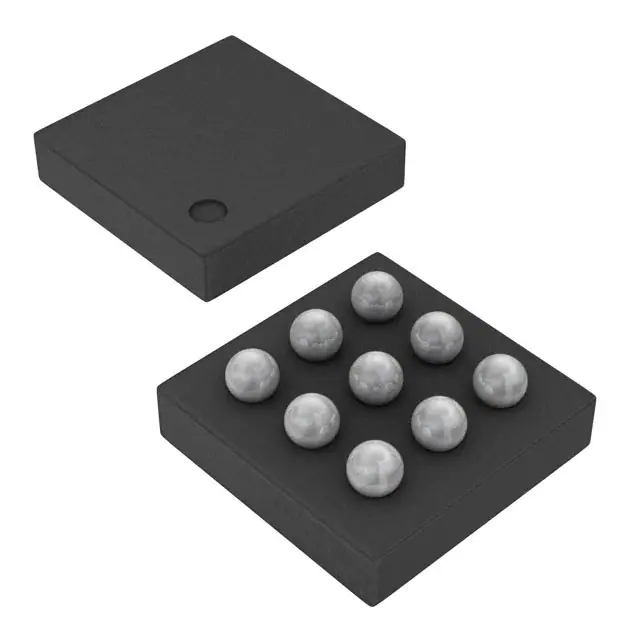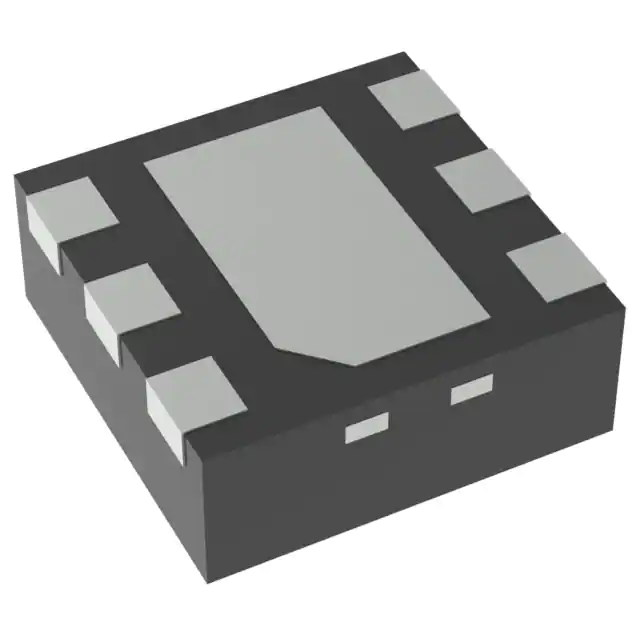The OPA342 series rail-to-rail CMOS operational amplifiers are designed for low-cost, low-power, miniature applications. They are optimized to operate on a single supply as low as 2.5V with an input common-mode voltage range that extends 300mV beyond the supplies.
Rail-to-rail input/output and high-speed operation make them ideal for driving sampling Analog-to-Digital Converters (ADC). They are also well suited for general-purpose and audio applications and providing I/V conversion at the output of Digital-to-Analog Converters (DAC). Single, dual, and quad versions have identical specs for design flexibility.
The OPA342 series offers excellent dynamic response with a quiescent current of only 250uA max. Dual and quad designs feature completely independent circuitry for lowest crosstalk and freedom from interaction.
Feature
- LOW QUIESCENT CURRENT: 150uA typ
- RAIL-TO-RAIL INPUT
- RAIL-TO-RAIL OUTPUT (within 1mV)
- SINGLE SUPPLY CAPABILITY
- LOW COST
- MicroSIZE PACKAGE OPTIONS:
- SOT23-5
- MSOP-8
- TSSOP-14
- BANDWIDTH: 1MHz
- SLEW RATE: 1V/us
- THD + NOISE: 0.006%
- APPLICATIONS
- COMMUNICATIONS
- PCMCIA CARDS
- DATA ACQUISITION
- PROCESS CONTROL
- AUDIO PROCESSING
- ACTIVE FILTERS
- TEST EQUIPMENT
- CONSUMER ELECTRONICS
The OPA342 series rail-to-rail CMOS operational amplifiers are designed for low-cost, low-power, miniature applications. They are optimized to operate on a single supply as low as 2.5V with an input common-mode voltage range that extends 300mV beyond the supplies.
Rail-to-rail input/output and high-speed operation make them ideal for driving sampling Analog-to-Digital Converters (ADC). They are also well suited for general-purpose and audio applications and providing I/V conversion at the output of Digital-to-Analog Converters (DAC). Single, dual, and quad versions have identical specs for design flexibility.
The OPA342 series offers excellent dynamic response with a quiescent current of only 250uA max. Dual and quad designs feature completely independent circuitry for lowest crosstalk and freedom from interaction.




















